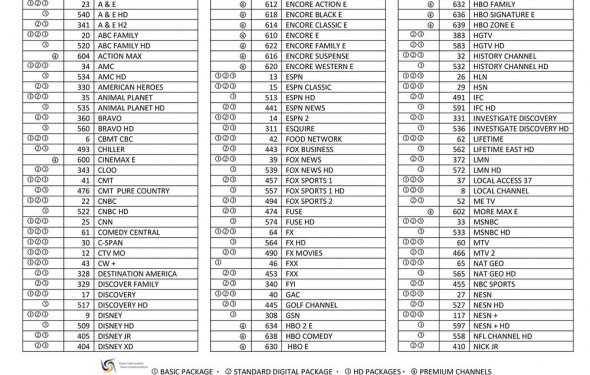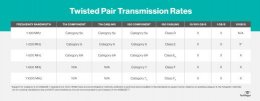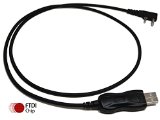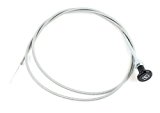Compare cable

 By submitting your email address, you agree to receive emails regarding relevant topic offers from TechTarget and its partners. You can withdraw your consent at any time. Contact TechTarget at 275 Grove Street, Newton, MA.
By submitting your email address, you agree to receive emails regarding relevant topic offers from TechTarget and its partners. You can withdraw your consent at any time. Contact TechTarget at 275 Grove Street, Newton, MA.
You also agree that your personal information may be transferred and processed in the United States, and that you have read and agree to the Terms of Use and the Privacy Policy.
rely on to support their operation. Those cables include fiber optic cable and copper twisted pair. And each of these cables is engineered to meet specific demands. Let's compare fiber vs. copper and take a close look at each type of cable, then discuss where it might be used in today's complex networks.
Enterprises have several options to support their wired and wireless network transmissions - bear in mind, all wireless access points have a wired component. Standards vary, depending upon the type of connectivity to be used. For Ethernet, the most widely used protocol, the Ethernet Alliance publishes a roadmap every year that explains new and emerging specifications. The Institute of Electrical and Electronics Engineers Inc. maintains a list of other cabling specifications, as does Standards Informant, a blog published by cable manufacturer Siemon Co.
In addition, the Fibre Channel Industry Association publishes its own list of standards governing the use of that storage networking protocol. And other industry associations publish standards for their specialty applications. For the purpose of this primer, however, we will address Ethernet only, as it is the most predominant protocol used today for LAN, Wi-Fi uplinks and data centers.
Fiber vs. copper: Pros and cons
There are pros and cons to both fiber and copper distribution methods. Fiber is, generally, the more accepted method, and it is used for backbone and long-haul applications. Copper remains dominant for server-to-switch and desktop-to-switch connections. That's because copper ports are less expensive and they can auto-negotiate - that is, they can support multiple speeds out of the same port. Another benefit of copper is the ability to supply DC power over the data cabling, thus removing the need to run additional electrical services to a variety of end devices. If evaluating fiber vs. copper, consider the media - copper or fiber - the cost of the ports at both ends, length of time the application will be supported, maintenance costs and so on. Examining per-port and power costs is not as revealing as examining the total cost for your communication requirements.

|
HDD Caddy, Cable for HP dv7t 7000, compare 681976-001 (Genuine Newmodeus Product) PC Accessory (Newmodeus)
|

|
PC03 FTDI Authentic Genuine USB Programming Cable for BaoFeng, Kenwood, Wouxun, AnyTone Car Audio or Theater (BaoFeng Tech)
|
|
|
Rode MICONCABLE3M 3-Meter Kevlar Reinforced Shielded Micon Cable Musical Instruments (Rode)
|

|
Universal Mower Choke Cable 1600x1524mm (Approx 63 x 60 inches) Compare to Stens 290-633 Rotary 14-621 Lawn & Patio (Everest Parts Supplies)
|

|
PCT 8 Port Bi-Directional Cable TV Splitter Signal Booster/Amplifier with Active Return Zero Signal Loss and VoIP Telephone Bypass Speakers (PCT)
|